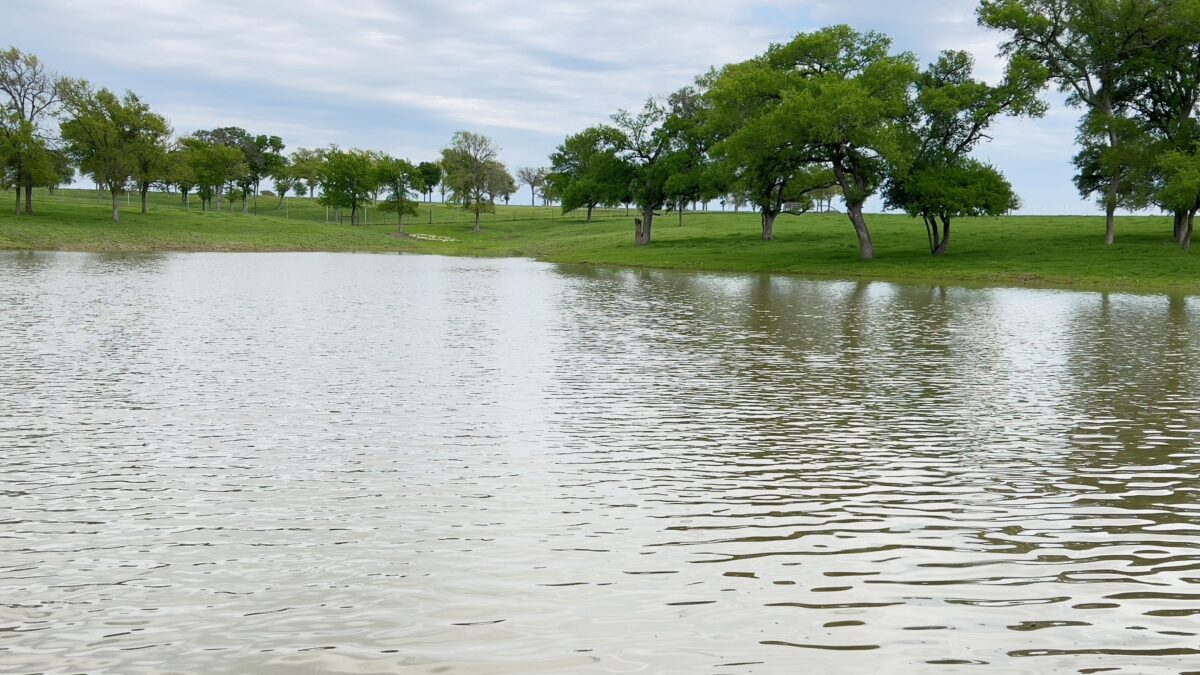Working Together to Protect Water, on and off the Farm
TOPICS
WaterZippy Duvall
President

photo credit: AFBF photo, Mike Tomko
Zippy Duvall
President
Millions of Americans in the western United States continue to struggle with the effects of persistent drought. Even families living in areas not impacted by the hot, dry weather are becoming increasingly aware of the importance of protecting this precious resource as they see communities suffer from the dry conditions.
Water keeps our bodies healthy, grows the food we need to survive, and helps bring balance to all of nature. To put it simply, water is life.
Perhaps no one knows that better than the farmer. We look to the skies for rain and rely on waterways to help us grow crops and keep animals healthy as we work to feed America’s families. That’s why protecting this resource is such a priority.
Modern farming techniques have enabled farmers and ranchers to feed millions of people, using fewer resources than just a generation ago. We’re also using science to ensure fertilizer and pesticides intended for healthy crops don’t make their way into streams and rivers.
I had the pleasure of meeting a young farm family last summer in Iowa who model the kind of care farmers across the country are committed to. While the small children wanted me to meet their new piglets, their daddy was interested in showing me how he was protecting water on and near his farm. His corn fields were planted using a no-till method, which reduces erosion and helps trap carbon in the soil. Buffer strips around his fields help keep runoff from entering nearby streams.
Modern farming techniques have enabled farmers and ranchers to feed millions of people, using fewer resources than just a generation ago.
The family was just as proud to show me what looked like an ordinary field of grass near one of their crops. But it's what was underneath they were so proud of. Buried underground were wood chips, which are part of a bio-reactor. It sounds hi-tech, but the process is amazingly simple yet extremely effective. As water seeps from the field, it’s filtered through large underground troughs of wood chips, which absorb almost all of the nitrogen from the run-off before it continues to a nearby waterway.
This Iowa farm is just one of thousands of family operations doing their part to protect the environment. Conservation tillage, including no-till, make up two-thirds of all acres planted in the U.S. today. The Natural Resources Conservation Service estimates average annual water and wind erosion have fallen by 70-million and 94-million tons respectively during a 10-year period.
The U.S. Army Corps of Engineers issued a report in June recognizing agriculture’s efforts to reduce run-off. The report stated total phosphorous concentrations have declined and river water “has become clearer and aquatic plants more abundant, improving habitat for some fish and wildlife.” In the Chesapeake Bay, sediment, nitrogen and phosphorous loads have all decreased.
The efforts of farmers are helping to conserve water and address algae blooms in the summer. Farmers know that every living creature relies on this resource, and we must rally with many other industries to protect the overall health of America’s water supply. Farmers are committed to constant improvement and working on solutions to environmental challenges.
We can continue to build on our successes through partnerships—collaborating with universities and nongovernmental organizations, and participating in voluntary government programs to help build on the important work being done to protect our water.
We all rely on clean water to provide for our families and sustain a healthy planet, and it will take all of us working together to ensure it remains a healthy resource for the next generation.
Zippy Duvall
President
Vincent “Zippy” Duvall, a poultry, cattle and hay producer from Greene County, Georgia, is the 12th president of the American Farm Bureau Federation.
Top Issues
VIEW ALL